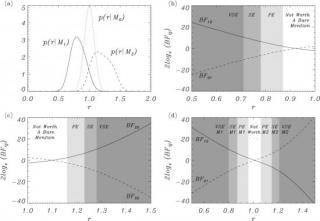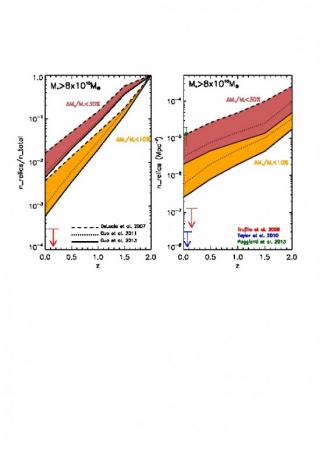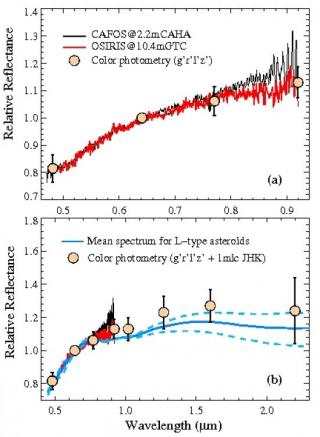
We present the first application of Bayesian model comparison techniques for solar atmospheric seismology. The detection of multiple mode harmonic kink oscillations in coronal loops enables to obtain information on coronal density stratification and magnetic field expansion using seismology inversion techniques. The inference is based on the measurement of the period ratio between the fundamental mode and the first overtone and theoretical results for the period ratio under the hypotheses of coronal density stratification and magnetic field expansion of the wave guide. We present a Bayesian
Advertised on

![Upper panel: composite image of NGC 6946 obtained by adding all the wavelengths for the Hα scan. The circle indicates the position of region at RA: 308.6998566 degrees, DEC: +60.1772541 degrees. Lower panel: spectral energy distribution for Hα + [NII] (le Upper panel: composite image of NGC 6946 obtained by adding all the wavelengths for the Hα scan. The circle indicates the position of region at RA: 308.6998566 degrees, DEC: +60.1772541 degrees. Lower panel: spectral energy distribution for Hα + [NII] (le](/sites/default/files/styles/crop_square_2_2_to_320px/public/images/news/resultados115_122.jpg?itok=QokYZpIE)


